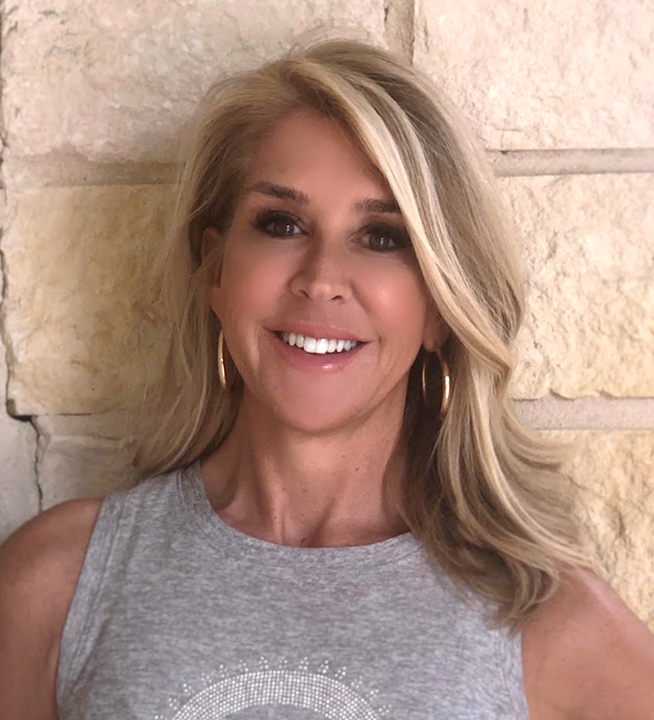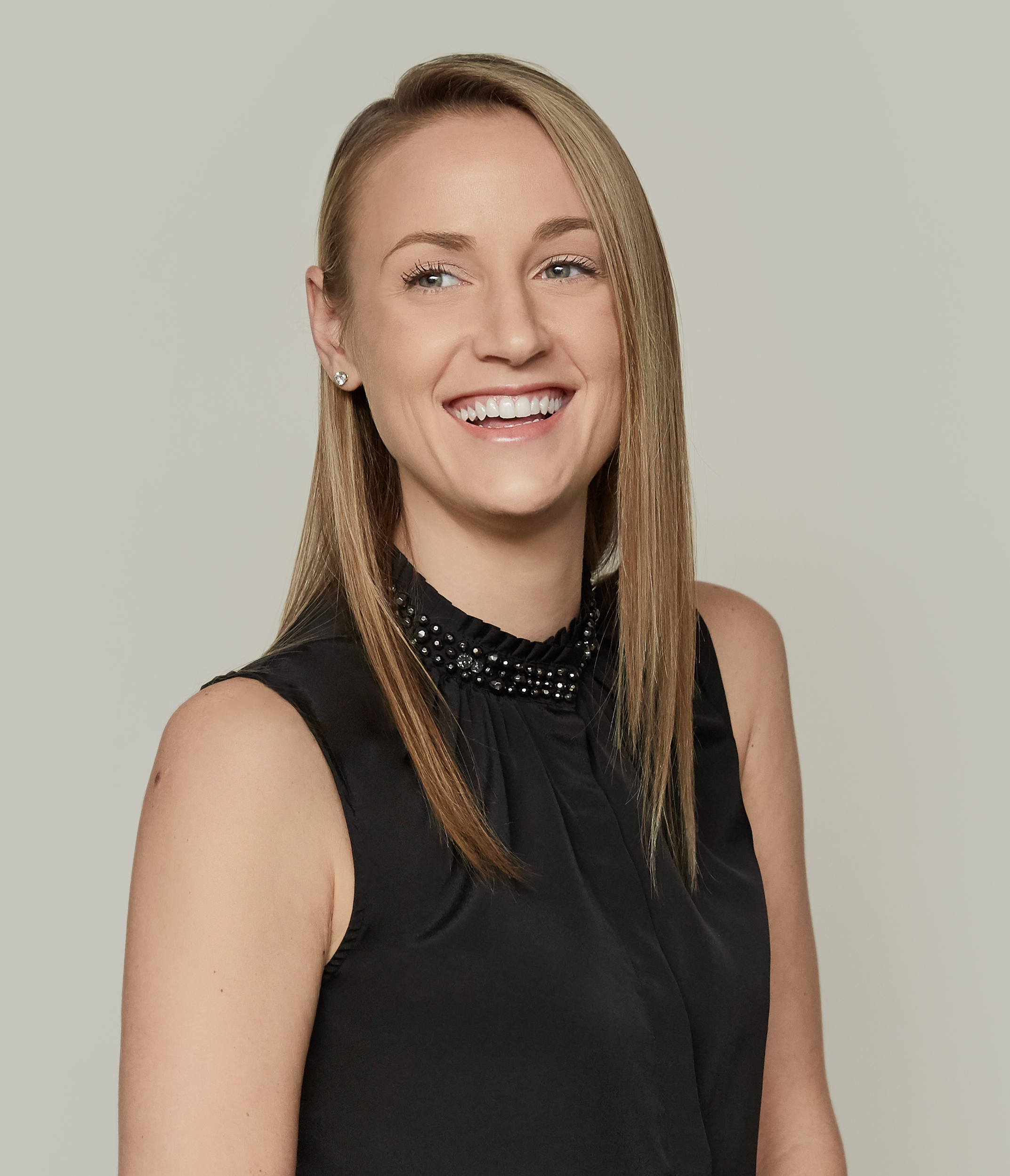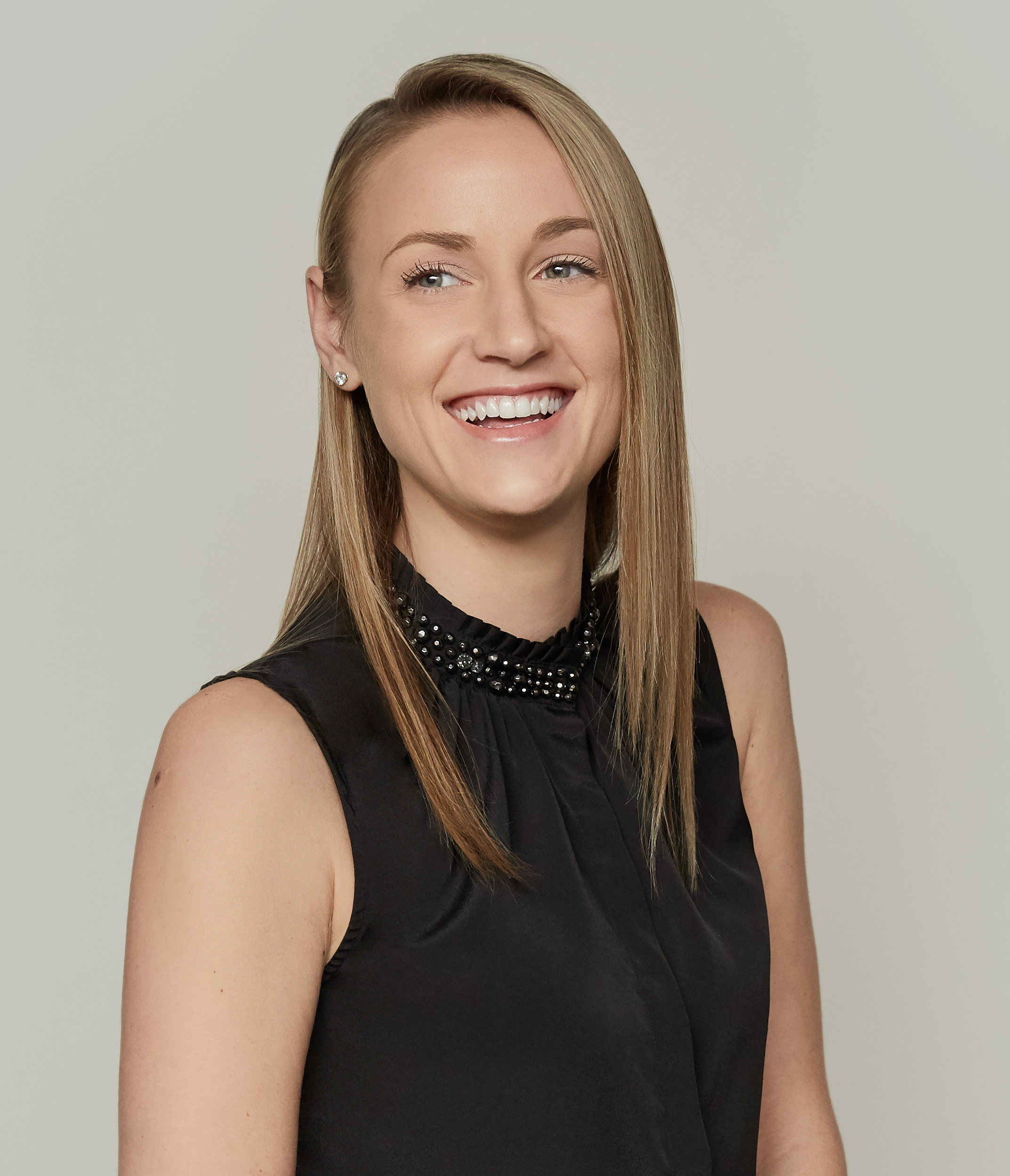With some tips for your skin and nails, too!
Aging isn’t for the faint of heart. One day you look in the mirror and see plump skin, bouncy, shiny hair, and the next you see someone you barely recognize. Thinning hair, dry or sagging skin, brittle fingernails; these are all things that can happen to us as our bodies produce less estrogen, collagen and elastin. But before you give up and chop off your hair or undergo any cosmetic procedures, you should know that there are some things you can do to treat, slow, and even prevent a few of these very common aging issues.
Check out our clip below featuring Bonafide Chief Medical Officer, Dr. Alyssa Dweck, to learn more about why hair and skin changes during menopause.Causes of Hair Loss in Women During Menopause
Why is it that as women age, the hair on our heads falls out every time we brush, but those stubborn chin hairs are strong enough to survive the apocalypse? It’s a cruel trick of Mother Nature’s for sure, but try not to get frustrated, there are reasons for these changes.
For starters, menopause hair loss is more common than you may think, with studies showing that over half of all women will experience at least some hair loss or thinning during this transitional time.1
Hair loss or hair changes are influenced by a decline in estrogen and progesterone in the body and can occur during any of the stages of the menopause transition; meaning hair loss can occur during perimenopause, menopause or postmenopause.2 Due to this decline in estrogen and progesterone, there is also often a spike in androgens, which are male hormones that women naturally produce in smaller quantities. These male hormones can cause hair follicles to shrink, which can also lead to or contribute to menopause hair loss.3
How to Reverse Thinning Hair During Menopause
While experiencing menopause hair loss can be frustrating, there are some things you can do to reverse the thinning.
- First, get your hair trimmed on a regular basis. Nothing can make hair look scragglier than split ends.
- Second, get a haircut that works with your hair’s changing texture and doesn’t require a lot of heat styling to make it look its best. Rest assured, there are a variety of stylish haircuts that can work to hide or shape thinning hair.
- Third, consider incorporating a dietary supplement that can help support hair growth. Supplements containing biotin or collagen are often touted for their ability nurture and support hair health.
- Finally, even if you’ve never been a hair product junkie, now is a good time to start. Volumizing shampoos, thickening sprays and more can help create texture and some may even stimulate new growth if you’re dealing with menopause hair loss.
Skin Changes During Menopause
If you’ve never developed a skincare routine—there’s no time like the present. Aging skin has a few new special needs you’ll need to consider, from sagging, to fine lines and wrinkles.
A decline in estrogen production during menopause is again often the culprit for changes in our skin’s appearance, so it makes sense that during perimenopause and menopause, the signs of aging on your face can really speed up. Your epidermis (or your outer-most layer of skin) starts to thin out; moisture isn’t retained like it once was and you start to lose collagen6, an important protein that contributes to skin elasticity. Additionally, as your body slows down its estrogen production, the reduced amount of this important hormone slows down the process of skin cell turnover and repair, which negatively impacts the skin’s elasticity.7
Addressing Menopause Skin Changes
Just like for your hair, there are thankfully some treatment options available to help boost your skin’s elasticity, reduce fine lines and wrinkles, and reverse or slow down some of those signs of aging.
Consider seeking out products designed to address these issues that contain specific beneficial ingredients like hyaluronic acid (the holy grail of moisturizers) and retinoids (vitamin A). And don’t forget the sunscreen! A good sunscreen should be part of your daily skincare routine, period.
Here, Dr. Alyssa Dweck talks more about ways to address common hair and skin changes experienced during menopause.Brittle Nails During Menopause
You can tell a lot about a woman by her hands, and brittle, broken nails aren’t really sending the best message.
Experiencing a shift in nail health is also not uncommon during menopause, for the same reasons you may be noticing hair loss or skin changes. Hormone fluctuations are unfortunately once again the main reason behind this symptom. When estrogen levels begin to decrease during perimenopause, one of the many consequences is that the body regulates fluids less efficiently.4 This often results in dehydration, which can affect the amount of keratin—the protein that makes up nails, hair and skin—that our bodies produce. When nail layers weaken due to inadequate amounts of keratin, they may become brittle and chip, flake, or split.5
Addressing Brittle Nails During Menopause
Getting manicures helps, but it’s still important to take specific care of your hands in between those salon appointments. One of the best things you can do is moisturize, moisturize, moisturize! Keep a rich hand lotion in your purse, at your desk, by your bed, in your car, and use it often throughout the day.
Also, consider wearing gloves for washing dishes and doing household chores, as a way to keep your hands protected from cleaning solutions which can be drying, further contributing to this symptom. And keep your nails neatly trimmed and filed to avoid breakage.
Key Takeaways for Hair, Skin and Nails During Menopause
Aside from the above tips, there are plenty of general things you can do to help with the issue of changing hair, skin and nails during menopause.
Hydration starts on the inside so drink plenty of water every day. Consider taking additional collagen supplements or using collagen creamer in your coffee. Make sure you are eating well and loading up on whole foods rich in vitamins and minerals, especially protein, rather than sugary or processed foods.
Finally, remember, aging is unavoidable, so, don’t fight it. Instead, do what you can to take care of yourself, and embrace your beauty at every stage of life.
Resources
- https://pubmed.ncbi.nlm.nih.gov/35357365/
- https://www.hopkinsmedicine.org/health/conditions-and-diseases/introduction-to-menopause
- https://www.verywellhealth.com/menopause-hair-loss-5218350#citation-26
- https://www.ncbi.nlm.nih.gov/pmc/articles/PMC3984489/
- https://menopause.livebetterwith.com/blogs/stories-info/brittle-nails-in-menopause-what-can-help
- https://pubmed.ncbi.nlm.nih.gov/16198774/
- https://link.springer.com/article/10.2165/00128071-200304060-00001












Comments
Post commentThank U for the awesome Info ,advice, and the “reaching out
to your customers,like myself . I am certainly been pleasantly surprised with the results of my order from you. I will definitely share with others about you. 😊